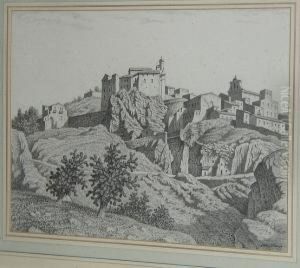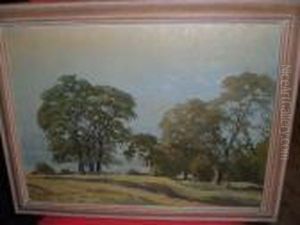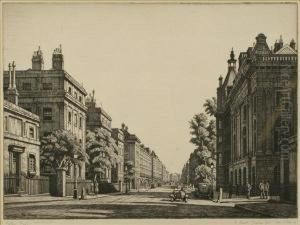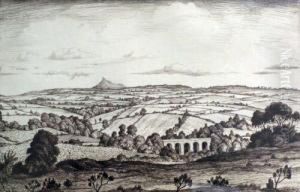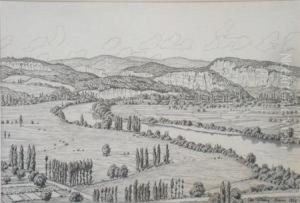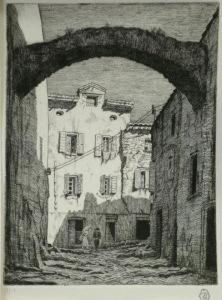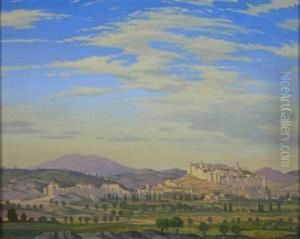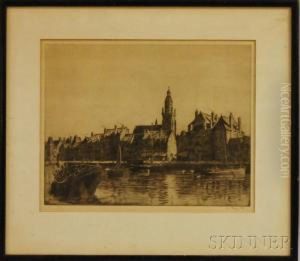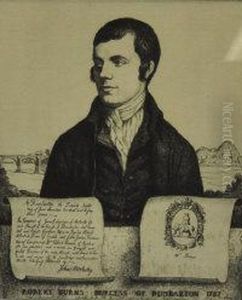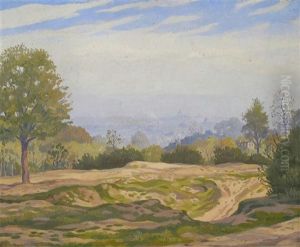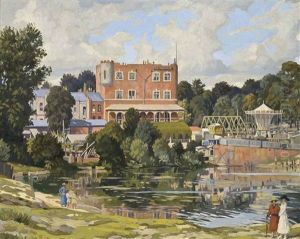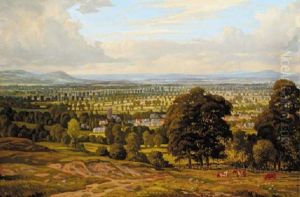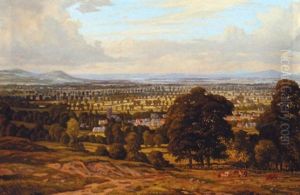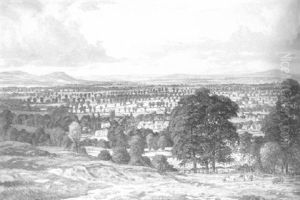Ian Strang Paintings
Ian Strang, a British artist known for his etchings, paintings, and printmaking, was born in 1886. His artistic journey began under the guidance of his father, William Strang, one of the foremost etchers of his time, who played a significant role in shaping Ian's early interest and skills in art. The familial environment enriched with artistic endeavors provided Ian with a solid foundation in the fine arts from a young age.
Strang's formal education in art took a significant turn when he enrolled at the Slade School of Fine Art, University College London. The Slade, known for its rigorous training and emphasis on classical art and techniques, further honed Ian's skills, particularly in etching and painting. During his time at the Slade, he was influenced by the works of the Old Masters, which is evident in the meticulous detail and classical composition of his later works.
After completing his education, Ian Strang's career began to flourish in the early 20th century. He became well-known for his etchings and drypoints, which often featured landscapes, architectural views, and portraits. His works were appreciated for their precision and attention to detail, qualities that placed him among the notable British etchers of his time. Strang's travels across Europe, particularly to Spain and Italy, significantly influenced his artistic output, bringing a broader perspective and new themes to his work.
Beyond his etchings, Ian Strang also made significant contributions through his paintings. His subjects varied from landscapes and cityscapes to portraits and still lifes, each marked by a distinctive use of light and shadow, as well as a deep understanding of form and space. Throughout his career, Strang exhibited widely, including shows at the Royal Academy and the Royal Society of Painter-Etchers and Engravers, establishing his reputation as a skilled artist both in the UK and internationally.
Ian Strang's legacy is not only in his diverse body of work but also in his contribution to the British art scene of the early to mid-20th century. His dedication to the craft of etching and painting left an indelible mark on the artistic community, inspiring future generations of artists. Ian Strang passed away in 1952, leaving behind a rich portfolio that continues to be celebrated for its technical proficiency and artistic beauty.
